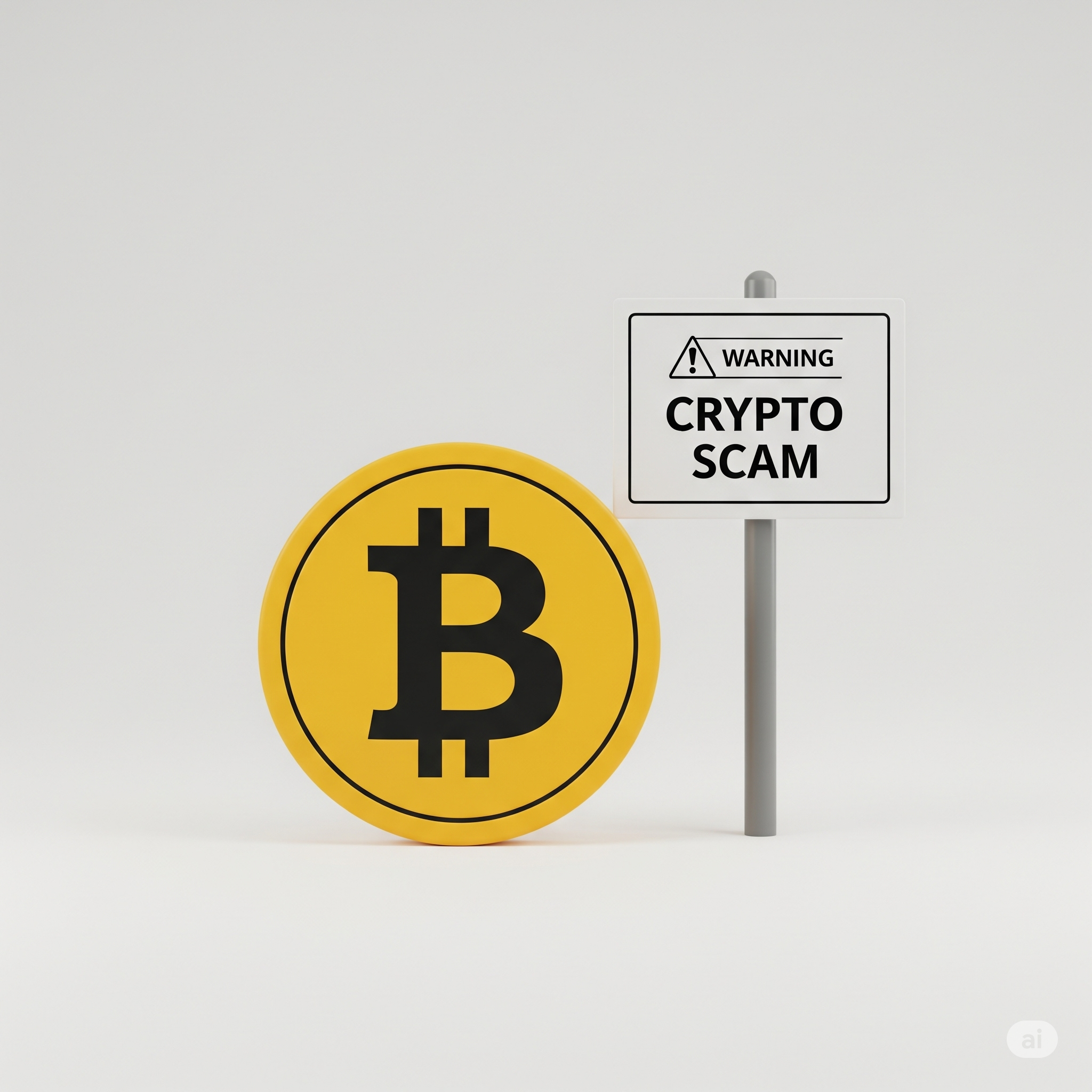The world of crypto offers exciting chances. Many people find new financial freedom. But, like any new area, it has its dangers. Unfortunately, scammers are always looking for new victims. They try to trick people into giving away their money. Spotting these crypto scams is crucial. You must learn to recognize the warning signs.

My own journey into crypto taught me a lot. I saw many amazing projects. But I also saw some very suspicious ones. At first, it was hard to tell the difference. Everything seemed new and complex. Over time, I learned to identify red flags. This knowledge has saved me from big losses. It can protect you too.
Scammers are very clever. They use new methods all the time. But their basic tricks often stay the same. They play on emotions like greed or fear. They promise huge returns. Or they create a sense of urgency. We will explore these common tactics. Knowing them helps you stay safe.
Remember, if something sounds too good to be true, it probably is. This old saying applies perfectly to crypto. No legitimate investment promises guaranteed, sky-high returns. Be very careful with any offer that sounds unbelievable. Your protection starts with a healthy dose of doubt.
Common Crypto Scam Tactics
Scammers use several common strategies. One popular trick is the Ponzi scheme. They promise high profits to early investors. These profits come from money paid by later investors. New money pays off old investors. The scheme collapses when new investors stop coming in. You lose your money when this happens.
Another frequent scam is the fake exchange or wallet. Scammers create websites that look real. They mimic famous crypto platforms. These sites ask for your private keys or seed phrase. Never share these with anyone. Your private keys control your crypto. Giving them away means losing your assets. Always check the website address very carefully. Look for small typos or wrong spellings.
Phishing scams are also common. You might get emails or messages. These messages look like they are from a trusted source. They might ask you to click a link. The link takes you to a fake website. This site then tries to steal your login details. Always verify the sender. Do not click suspicious links. Go directly to the official website instead.
Impersonation scams are a big threat too. Scammers pretend to be famous people. They might act as Elon Musk or vital crypto leaders. They promise to multiply your crypto if you send it to them. They often run fake giveaways. No legitimate person will ever ask you to send them crypto first. These are always tricks.
Be wary of pump-and-dump schemes. These involve promoters artificially inflating a coin’s price. They spread false information. This creates excitement and demand. Once the price is high, they sell their coins. This leaves other investors with worthless assets. Always research a coin before buying it. Don’t trust hype alone.
Protecting Your Crypto Assets
Always do your own research. This is known as DYOR in crypto. Never invest based on someone else’s advice alone. Learn about the project team. Check their whitepaper. Understand the technology behind the coin. Look at how long the project has been around. Real projects have clear goals and a strong community.
Use strong, unique passwords for all your accounts. Enable two-factor authentication (2FA) wherever possible. This adds an extra layer of security. It makes it harder for hackers to access your accounts. Treat your crypto like physical cash. Guard it carefully.
Be extremely careful with unsolicited messages. If someone you don’t know messages you about crypto, be suspicious. This includes messages on social media, Telegram, or Discord. Scammers often target new crypto users this way. They build trust, then try to trick you.
Never click on links from unknown sources. Always go directly to official websites. Bookmark your frequently used crypto sites. This prevents you from landing on fake sites. Double-check every URL before entering any information. A tiny spelling difference can mean it’s a scam.
Finally, consider cold storage for large amounts of crypto. This means keeping your crypto offline. Hardware wallets are a good example. They are much harder for hackers to access. Keeping your crypto on an exchange carries more risk. It is a good practice for long-term holdings.
